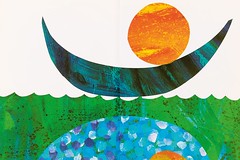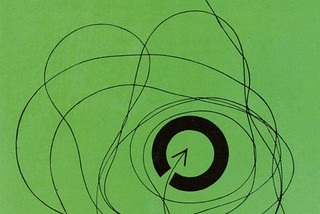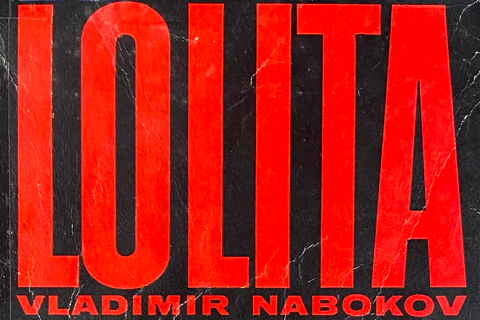Feature: Book design
Told in pictures
Wordless picturebooks form a corner of children’s literature in which illustrators and artists tell stories with images alone.
A nose for type
A new publisher of ‘visual writing’ launches with this typographic reboot of an eighteenth-century classic.
The shape of a pocket
In 1960s France, Henry Cohen’s inventive photographic covers made Gallimard’s Idées series required reading.
The producer as author
For Bruce Mau, graphic design is a way of investigating ethical, cultural and philisophical issues
Penguin crime
Romek Marber’s 1960s paperback identity is a landmark of independent British design
The image as evidence
The career of Germano Facetti is exceptional in its range. As art director of Penguin Book covers in the 1960s and as a designer, he was a powerful influence on book and information design, throwing a special light on Modern Movement aspirations and on attitudes to illustration. Facetti has maintained the concept of “documentary” and diagrammatic illustration to induce understanding, to express emotion, or to accumulate information in a more memorable way.
The look of Lolita
The author ‘emphatically opposed’ showing a girl on the cover. Most publishers ignored him. By Christopher Wilson
Naked words
Type-only book covers – whether deliberately austere, functional … or shouting loud from the shelves – have always had a place in publication design.
Permanent innovation
With his ‘livre objets’ for the French book clubs, Pierre Faucheux invented a new genre
Theatre of dreams
Andrzej Klimowski is obsessed with eyes, faces, hands, angels and devils. He is one of Britain’s most haunting image-makers







